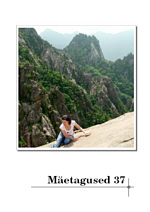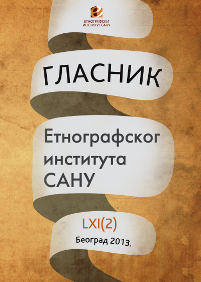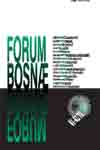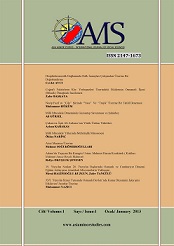
Kuidas kujuneb pillimeeste rahvapärane repertuaar
Popular music, even though it can still be heard here and there in more casual atmosphere, has found itself in a bind. The aggressive flow of modern music has pushed the more modest tunes aside. People no longer sing along together to some traditional accompanied tune. A performance of popular music requires men with guitars, drums and sound systems, and the rest of the group no longer actively participate in music, but form an audience who is performed to. Nevertheless, ethnic identity is still very much constructed through the musical tradition of previous generations. Shifts in musical preferences or popular repertoire, or the disappearance of the repertoire from active use are caused by the pressure of music trends rather than by the internal development of music. The repertoire of instrumental music is enjoying a stable period and the recordings contributed to the archives suggest that this has been the case for a long time. The more popular tales date back to the pre-war period, and during the Soviet period instrumental musicians appear to be absent altogether. Even though popular repertoire does not expand with new pieces, instrumental music is not completely stagnated. The more talented musicians have different ways of sensing the music: in their interpretation the popular song alternates, varies, but sometimes emerges as a new song which resembles the old one only by the title. Older folk tune has recently enjoyed considerable success. It is learned and performed but mostly tends to serve as a crowd puller at summer music events. It is indeed difficult to imagine that a lost art could be revived into active existence. It would be far more advantageous to preserve and promote what still has massive influence: popular song and instrumental music. Time will tell whether anyone other than singers and musicians themselves will consider it a value to hold on to.
More...



